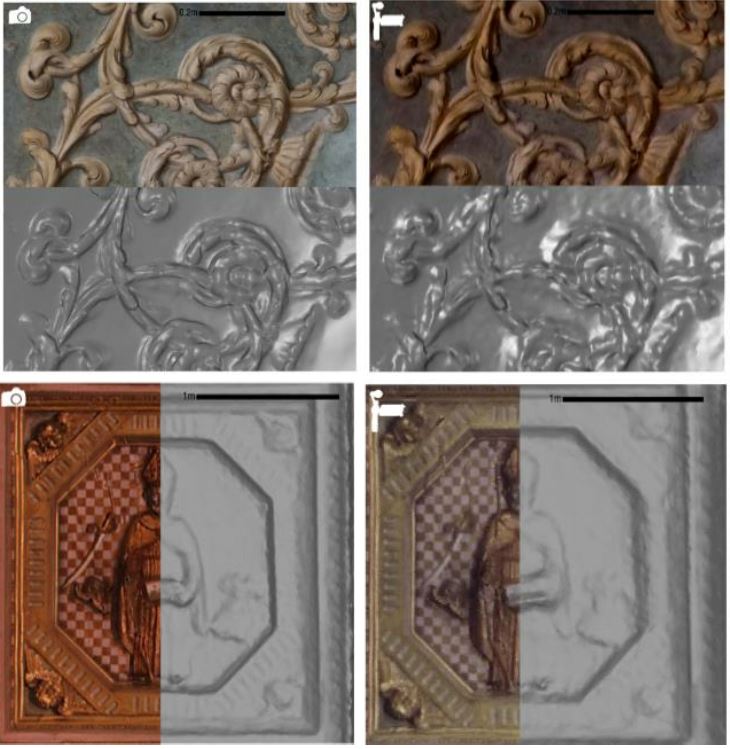Low-cost sensors for rapid mapping of Cultural Heritage. First tests using a cots steadycam
Keywords:
Rapid Mapping, Built Heritage, 3D models, Steadycam, SfMAbstract
One of the last and more pressing requests to the researchers working in the field of Geomatics is to research, validate and propose
new strategies for the rapid mapping in different contexts, with low-cost solutions. The continuous implementation of image-
matching algorithms and their use in Structure from Motion (SfM) software allow using new sensors and testing new strategies to
produce 3D models, starting from a photogrammetric approach. In the last years, another central issue for the researchers has been
related with the documentation of Cultural Heritage artefacts using different technological solutions. In the experience presented in
this paper the attention was focussed on testing a COTS (Commercial Off The Shelf) steadycam as a rapid mapping method for the
acquisition of image-based data for the 3D documentation of two surfaces belonging to different ceiling elements. The two Cultural
Heritage artefacts were chosen in different state of conservation and insert in peculiar critical contexts: the stucco ceiling of the
Castello del Valentino (Torino-TO) and coffered ceiling of the Basilica of San Nicola (Tolentino-MC). The metric products obtained
with the steadycam were compared with those acquired using more consolidated techniques, such as Close-Range Photogrammetry
(CRP) and Terrestrial Laser Scanner (TLS). The comparison between products derived from the different techniques were then
evaluated and validated, and an overall assess of the use of this new solution was made in an ordinary condition, the former, and
within a middle-risk context in post-seismic event the latter.
Downloads

Downloads
Published
How to Cite
Issue
Section
License

This work is licensed under a Creative Commons Attribution-ShareAlike 4.0 International License.



